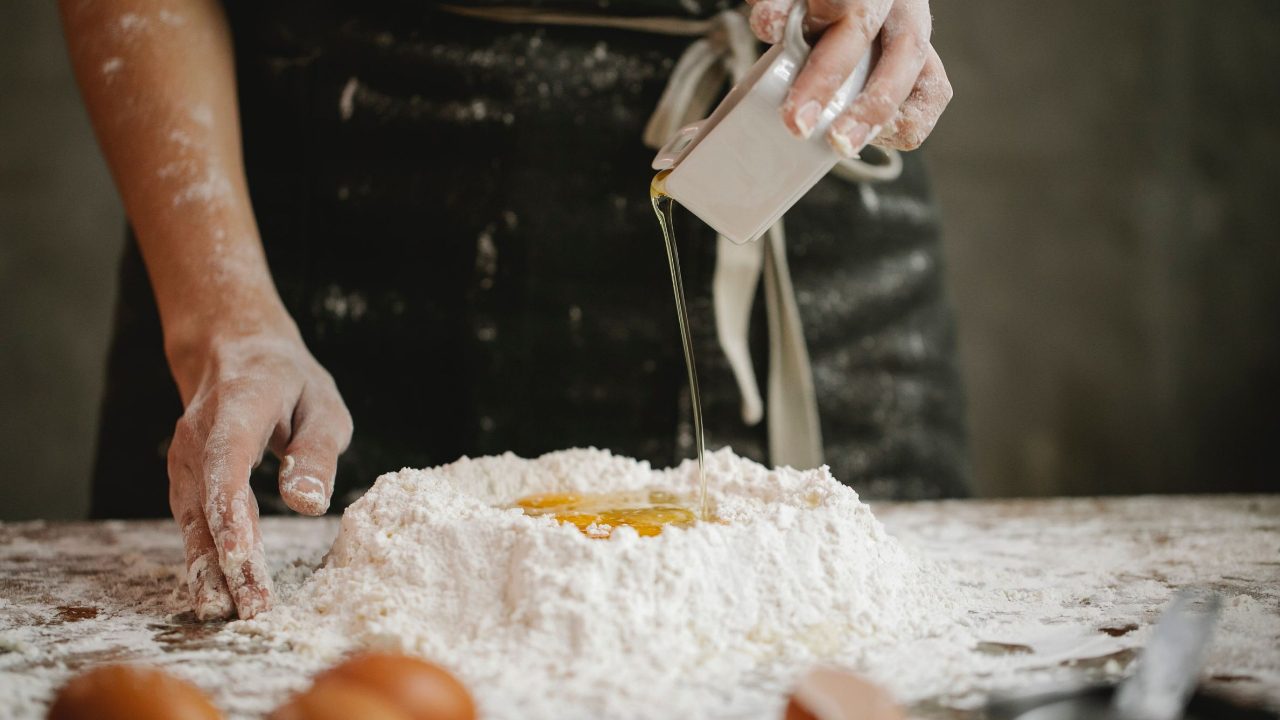Each step in the baking process for different products depends exclusively on each ingredient, such as sugar, butter, flour, yeast and eggs.
The baking process represents a huge diversity of products, among them, pastas (noodles), breads, cakes and pizzas stand out. However, for the consumer and an excellent opportunity and for cooks who want to stand out in the culinary field! Therefore, learning more about how the baking process works becomes extremely attractive. But do you, the cook, know one of the key parts for making dough and are you aware of all the factors that can influence your final product? Furthermore, do you understand how ingredients work during the production of bread, cakes and cookies?
In this post you will understand in detail about the baking processand what is the role of sugar, butter, flour, yeast and eggs? Just keep reading!
A party without cake is really just a meeting.
—Julia Child
Jump To Section
- Dough Development and Expansion
- Keeping Carbon Dioxide In Bulk
- Starch Gelatinization
- Protein Coagulation
- Evaporation
- Melting of Fats
- Crust Formation
Dough Development and Expansion
You can also watch this and other exclusive GA Originals on YouTube.
Carbon dioxide is produced by adding yeast, baking powder, or baking soda, causing the dough to expand. The air that is incorporated during the dough mixing process also contributes to the formation of CO2. When the dough is exposed to heat, the moisture inside it turns into steam, producing more carbon dioxide, which is released into the dough, causing it to rise even more.
Keeping Carbon Dioxide In Bulk
Eggs or gluten are crucial to keeping the carbon dioxide in the dough, giving it a light, airy consistency. Egg proteins and gluten entangle so that the dough can be stretched, worked, and at the same time, retain carbon dioxide and steam. Without these proteins, the developing carbon dioxide would escape, and the dough would not rise.
Starch Gelatinization
When the temperature reaches 60ºC, the starches present in the dough begin to gelatinize. This process causes the starches to absorb excess moisture, swell and harden. This solidifying action provides the necessary structure to the masses.
Protein Coagulation

When the temperature reaches 75ºC, the proteins present in the flour and eggs begin to coagulate, and the final structure of the cake is formed. If the proteins coagulate before the gases have fully expanded due to the high oven temperature, the final product will not rise.
If the mixture is cooked at an insufficient temperature, the carbon dioxide will evaporate before the proteins have coagulated enough, resulting in a thin and tough product.
Evaporation
Throughout the process, moisture will evaporate evenly, depending on the oven temperature and the cooking method used. This steam helps to give volume to the products and helps in the formation of the color of the crusts.
Melting of Fats
Different fats will have different melting points and therefore release moisture and disperse. The presence of fat, such as butter, will moisten and soften the preparations.
Crust Formation
A crust forms when moisture evaporates from the surface of the dough when exposed to the oven’s heat. As the surface dries, the heat and steam react with the starch turning it into sugar that caramelizes and gains color. This process is called dextrinization. Flour protein also converts to a caramelized state, a process known as the Maillard Reaction.
Did you like this article?
I hope this article has improved your cooking skills. To learn more about culinary, take a look at What is the Difference Between Regular Butter, Ghee, and Clarified Butter?
Leave a comment below and share our content.
Help our community grow by following our social media on Spotify, Instagram, Facebook, Youtube, and Tiktok. And stay up to date with the news from the world of Gastronomy.
Don’t forget to tag @gastrovinoacademy on Instagram and hashtag it #gastrovinoacademy.
Cheers 🍷


